This is the 60th in a series of posts on the Fujifilm GFX-50S. The series starts here.
I have received copies of the Fuji 63 mm f/4 GFX lens, and also the 100 mm f/2. I’ll be testing both of them. I always like to do comparison tests for qualitative things, and I have a camera and lens combination to compare with the GFX and the Fuji 23: the Sony a7RII with the Zeiss Batis 18 mm f/2.8 lens. I’ll be comparing the 110 with the Otus 85/1.4 on the a7RII, but that’s not what today’s post is about.
I received both the 23 and the 18 on the same day. Unpacking them revealed a big difference in the philosophy of Fuji and Zeiss.
The Zeiss lens came in very simple, but elegant packaging, with a slip-on wrapper, a well-padded box inside, separate compartments for the lens and the hood. No manual. [Oops. A reader has pointed out that the manual is in a compartment in the upper right of the box as you look at it in the picture above.] No case. Not a problem for me, because I consider all those things to be optional. The top of the box says, in German and English: “This is the moment we work for.” It’s an occasion to open a Zeiss lens.
The Fuji lens came in a more environmentally-sensitive, but far less elegant packaging, and one that would be easier for a careless shipping company to damage, although probably adequate. Opening the box up and pawing through all the stuff inside seems like a chore. The lens does come with a case, and a manual that has rudimentary instructions in many languages.
Mounting both lenses on their respective cameras reveals differences, too. The Zeiss lens is light as a feather by comparison, and picking up the a7RII/Batis after setting down the Fuji gear is always a “wow!” moment because of the weight difference, which seems to be greater than the smaller size differences.
If we normalize to picture height, the equivalent of the 23/4 on a full frame camera would be a 17mm f/2.9 lens. That makes the two lenses here comparable if you take into account the cameras for which they are designed.
I tested both lenses for decentering and field tilt, and found nothing alarming. Then I set up my usual outdoor scene:\. Here it is wide open with both lens/camera combinations:
It is apparent that the Batis has considerably more light falloff towards the periphery of the image. Shading compensation is turned off.
I focused both cameras manually at their taking f-stops on the lighter foliage in the upper-right-central part of the image. I focused and exposed four times for each aperture, and picked the best shot from each camera for each f-stop. I also tried focusing wide open with the Fuji 23, and found the focus shift to me minimal. I neglected to do that with the Batis, but I’ll be doing quantitative tests of focus shift with both cameras and lenses soon enough. Shutter set to EFCS for both cameras, which meant it really was EFCS at the narrower apertures for the GFX. I switch to mechanical shutter for the f/11 Batis picture, since the a7RII doesn’t automatically cut out EFCS at high shutter speeds. 2-second self-timer. Arca-Swiss C1 cube on RRS sticks. Tripod and head were not deliberately moved between series. Small exposure corrections in Lr. Daylight white balance selected in Lightroom.
I have been exporting tight crops from the developed images as 700-pixel-wide JPEGs, and posting them here. That means that the images are all heavily upsampled. The GFX images are 253% of their original size in both dimensions. The a7RII images are at 295%. The different ratios are necessary to compensate for the variations in the height of the sensors when measured in pixels.
If you just want a rough idea of the differences, just look at the images as displayed in-line in the posts. However, if you wish to compare these images in detail, you should view these images by clicking on them to see the source files, then setting your browser for 100% zooming. Even better, download them and make Photoshop stacks.
No matter what you do, these crops are all going to look horrible. I’m blowing them up so much so that they will represent the original file after JPEG’s discrete cosine transform has had its way with them. If you want to get a good idea of what the images would look like printed, get far away from your monitor. No, farther than that. Put a bunch of the images up on the screen and back up until the best one starts to look good. Then look at the others. There’s another reason why these images won’t look like the best thing the camera/lens combination can deliver. They’re demosaiced with Lightroom. Lightroom is not awful, but for a particular image, there are usually better raw processors. I use Lr because it’s a de facto standard, because I know it well, and because it’s got good tools for dealing with groups of images.
In the upper-right-center, at equivalent apertures:
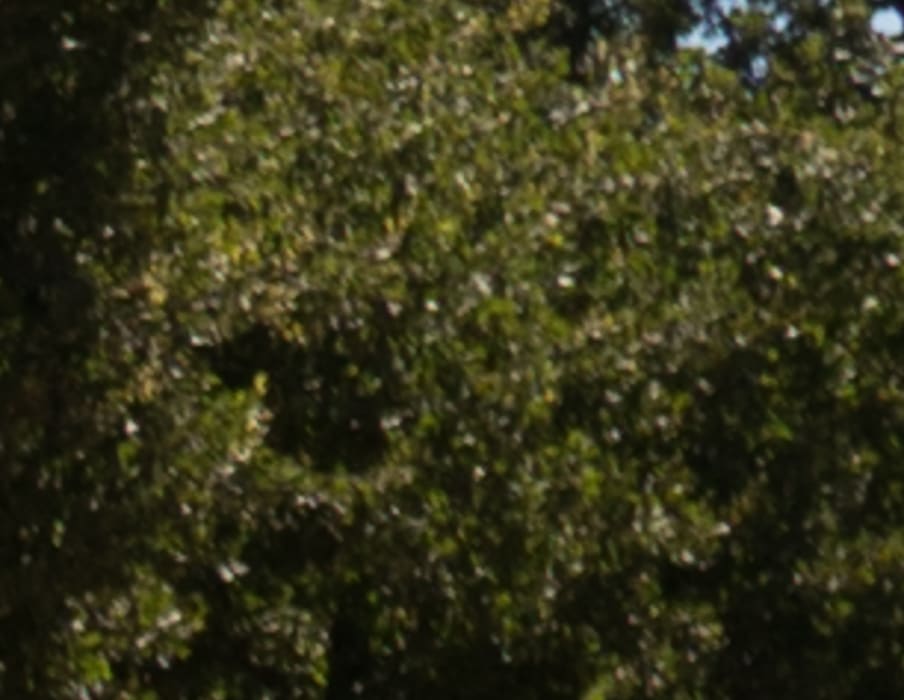
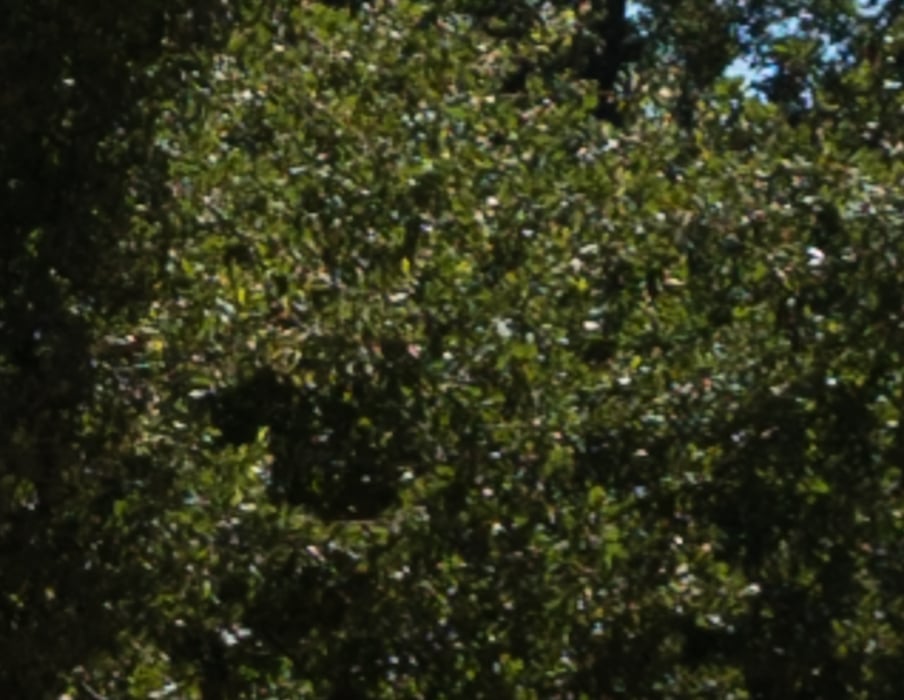
The Fuji lens is clearly sharper. The Fuji performance is excellent. The Batis is not bad for f/2.8.
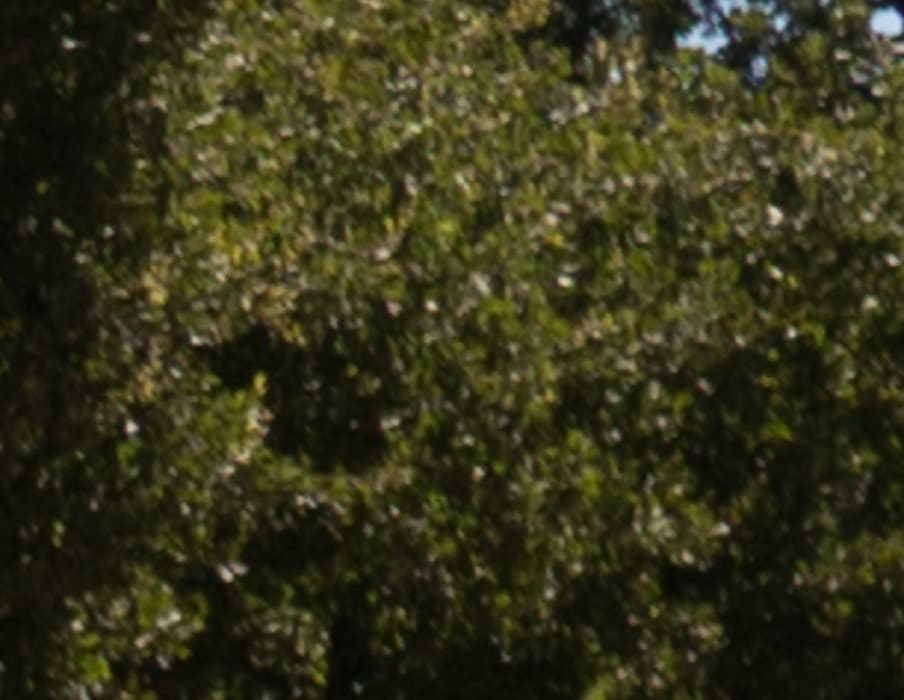

The Fuji lens continues to impress.
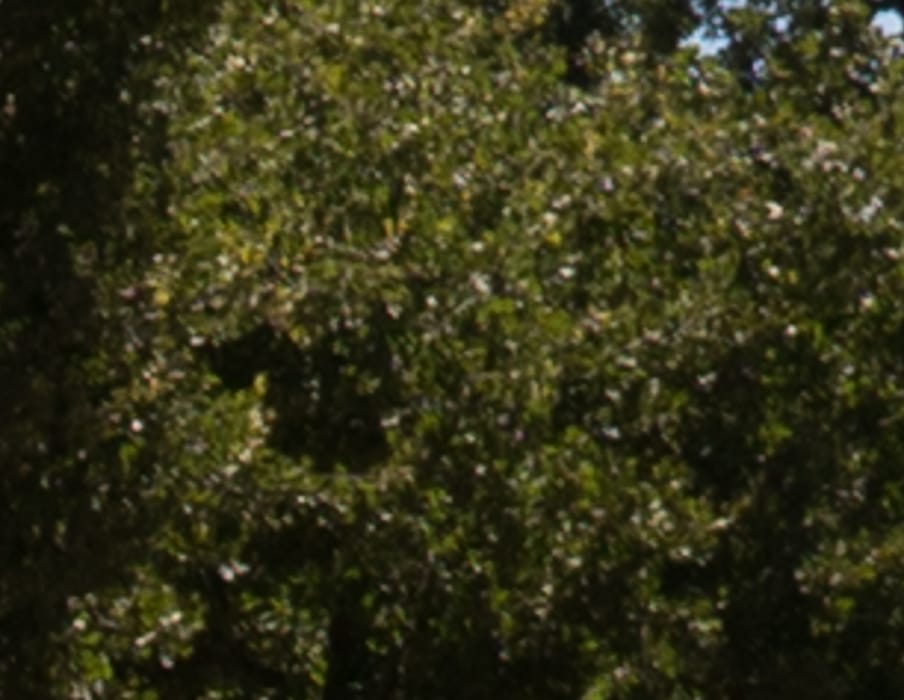
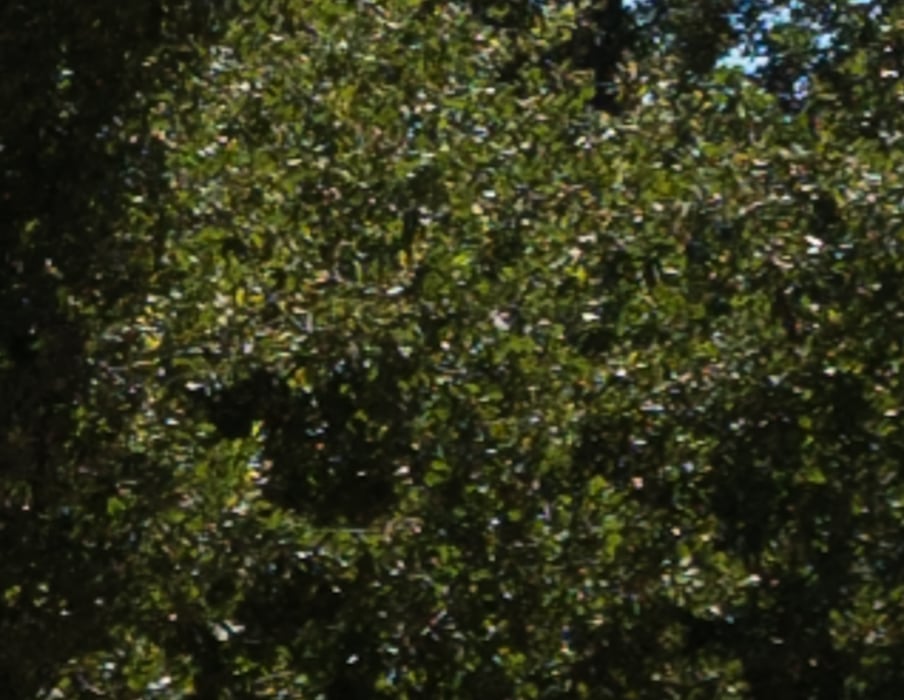
The Batis is improving. The Fuji is excellent.
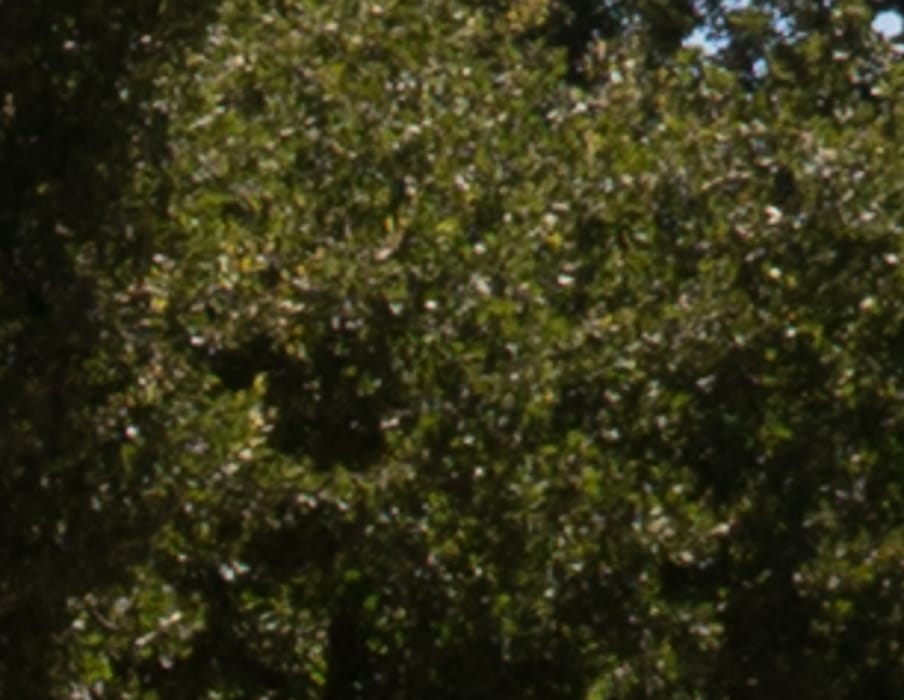
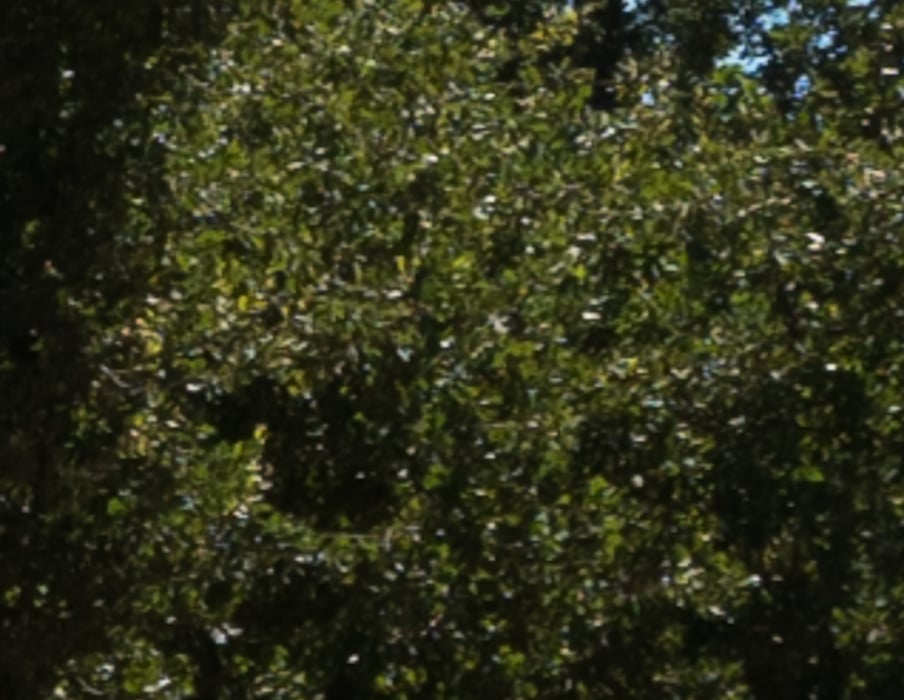
Not much difference anymore.
In the upper-left corner, with a two-thirds stop booost to exposure to compensate for falloff:
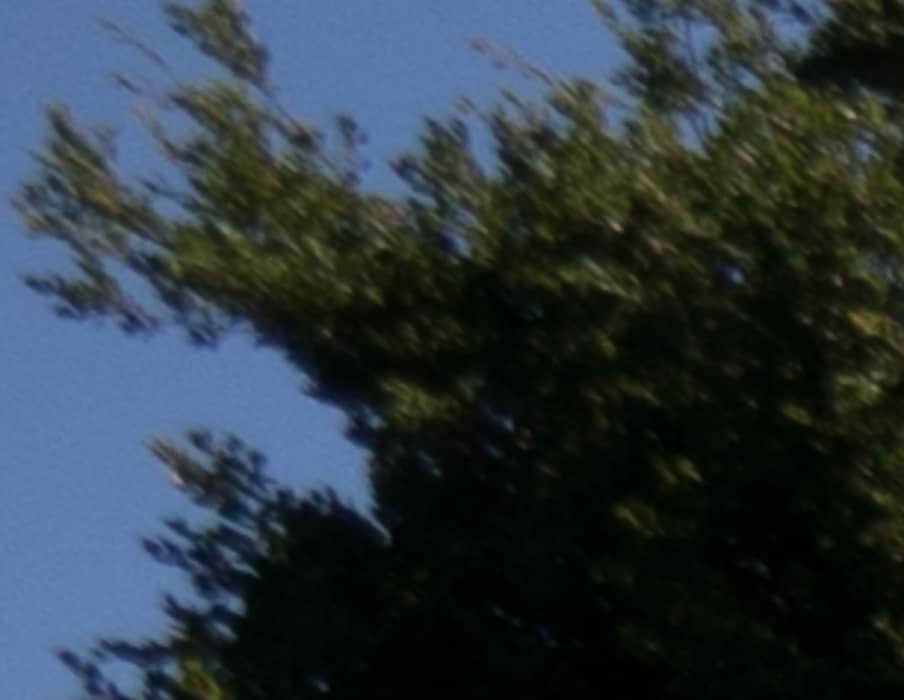
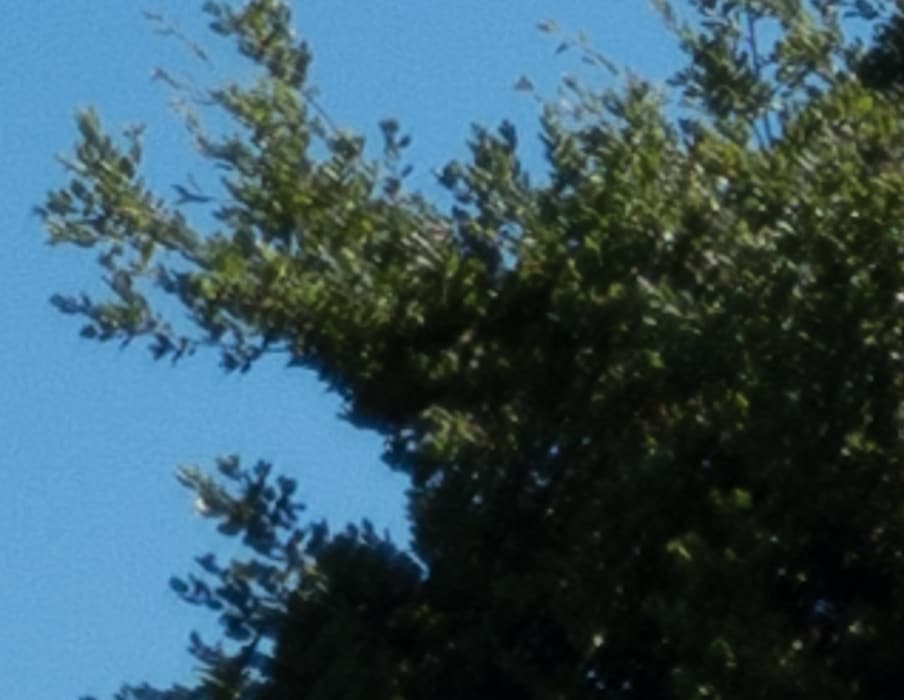
The Batis is smeared, blurry, and dark by comparison, but only by comparison. By any objective standard, it’s not bad at all. The Fuji is gorgeous.
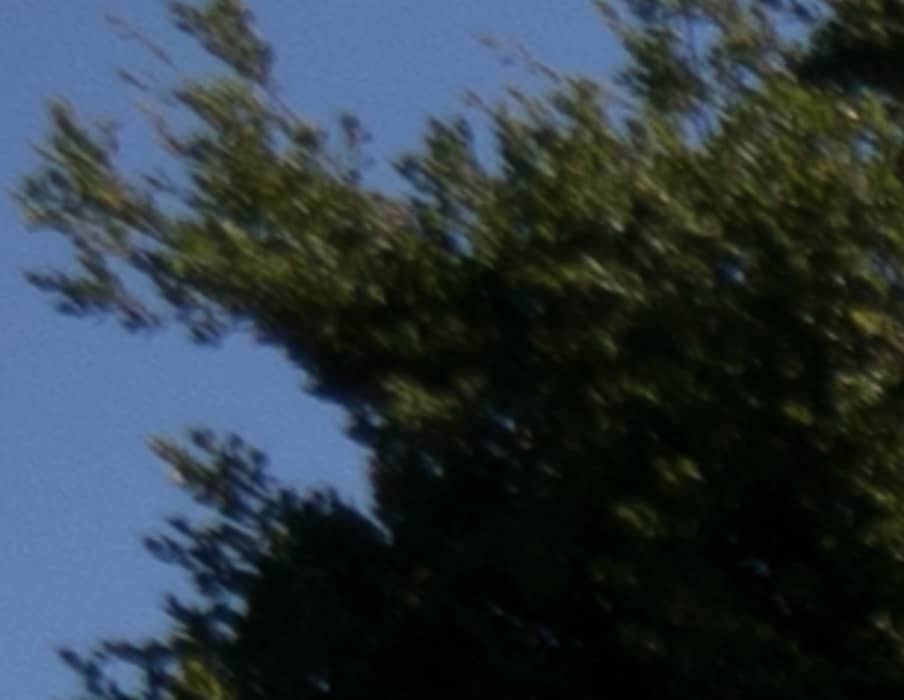

Fuji falloff is improving, and it’s a bit sharper.
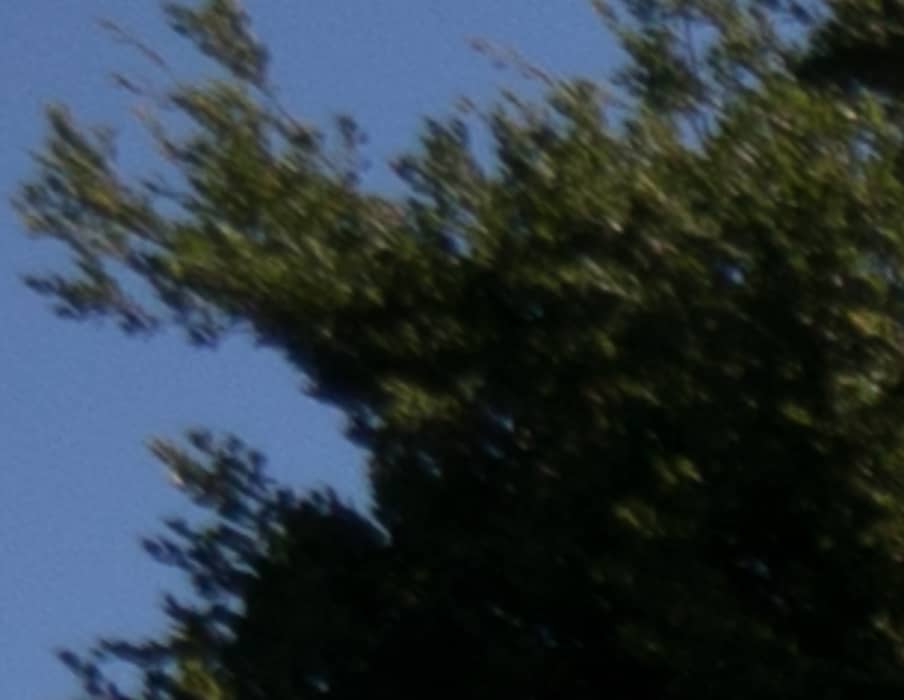
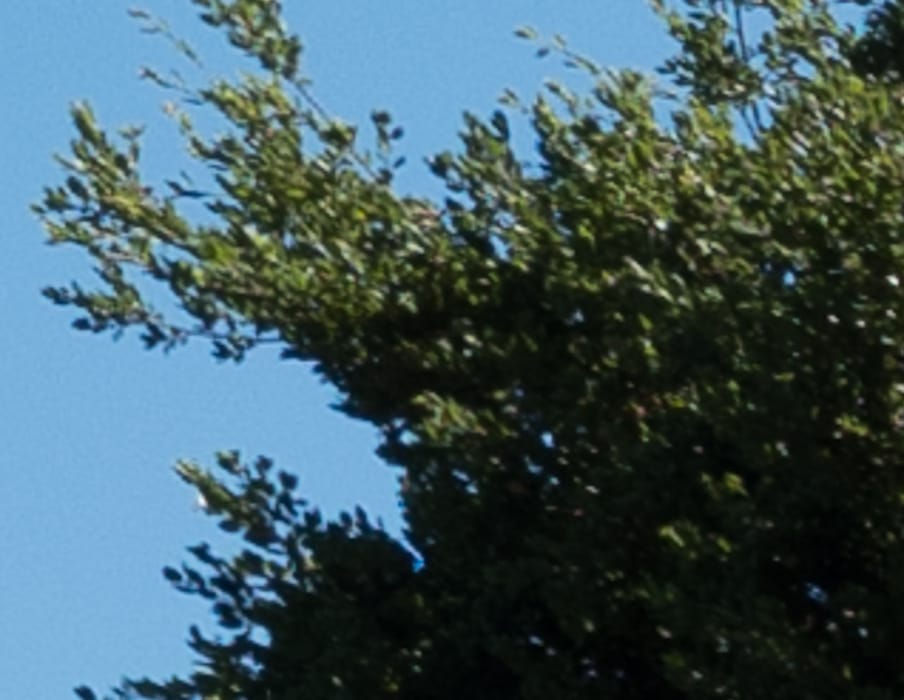
The Fuji lens is looking great. The batis has a ways to go.
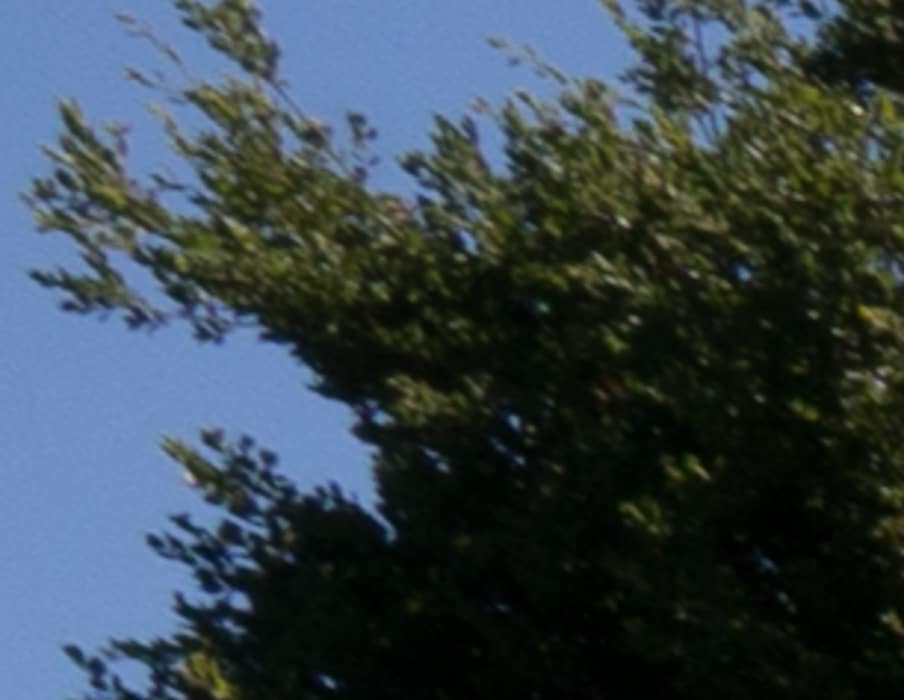
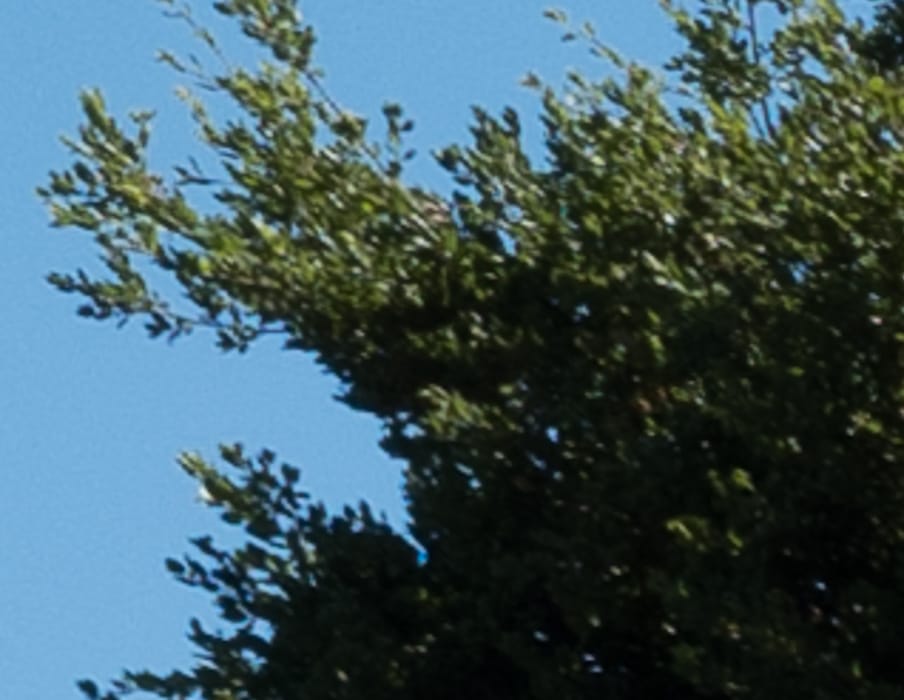
The Batis is looking pretty good now. The Fuji is better.
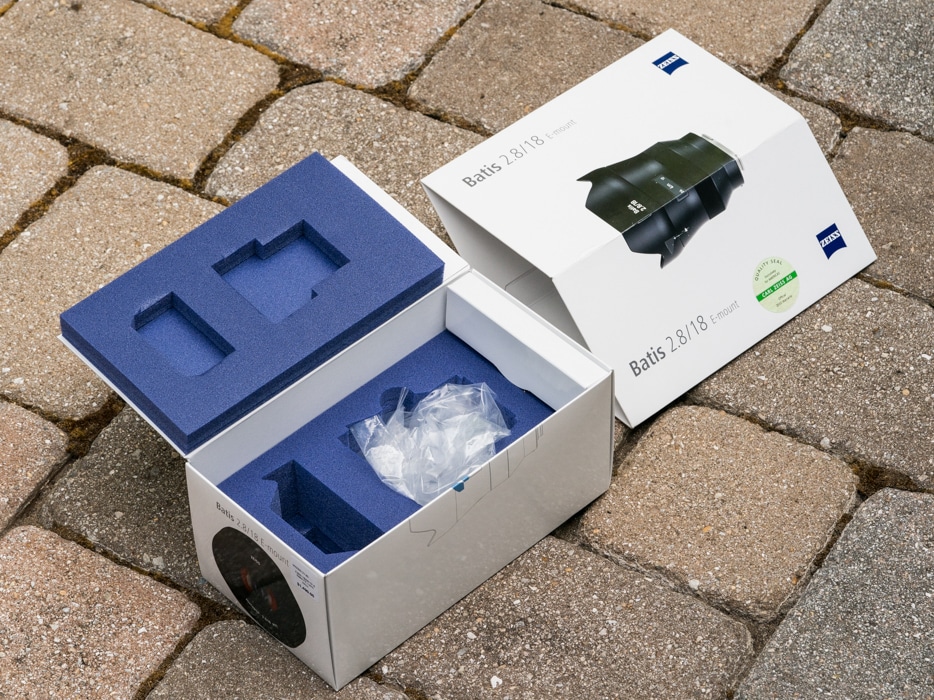
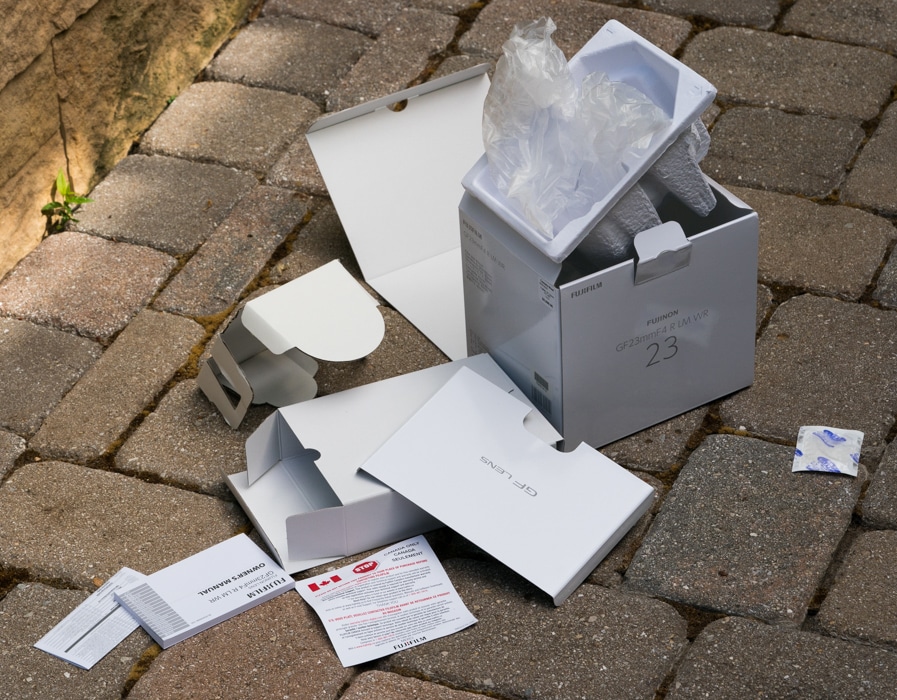
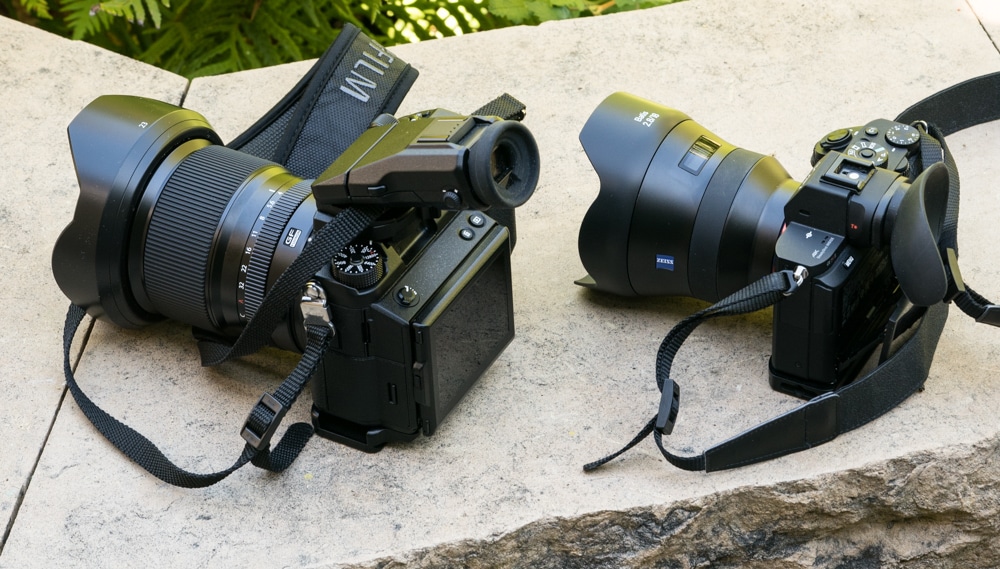
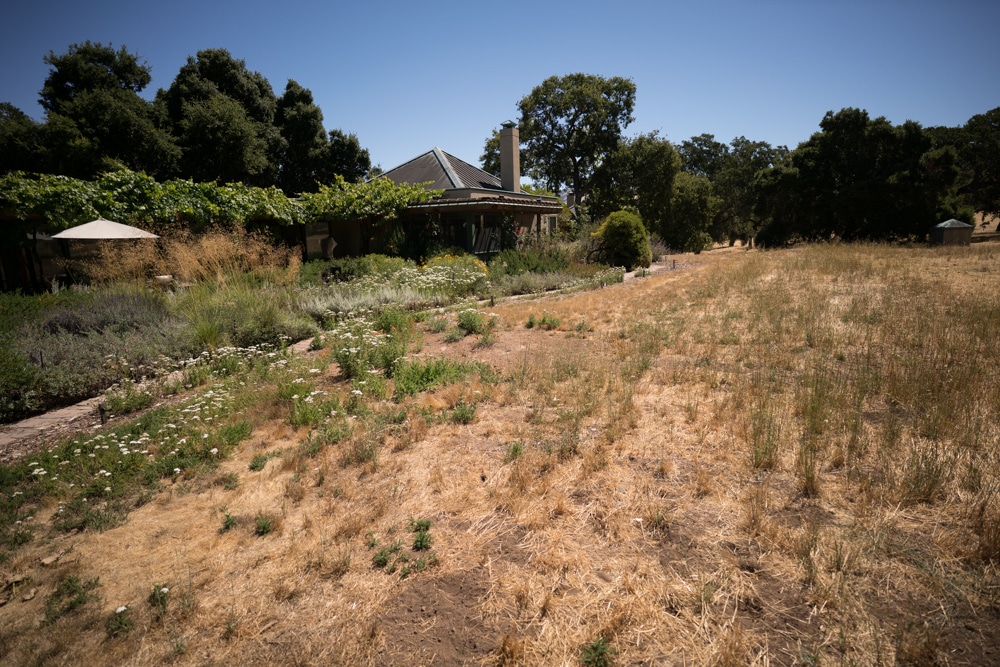
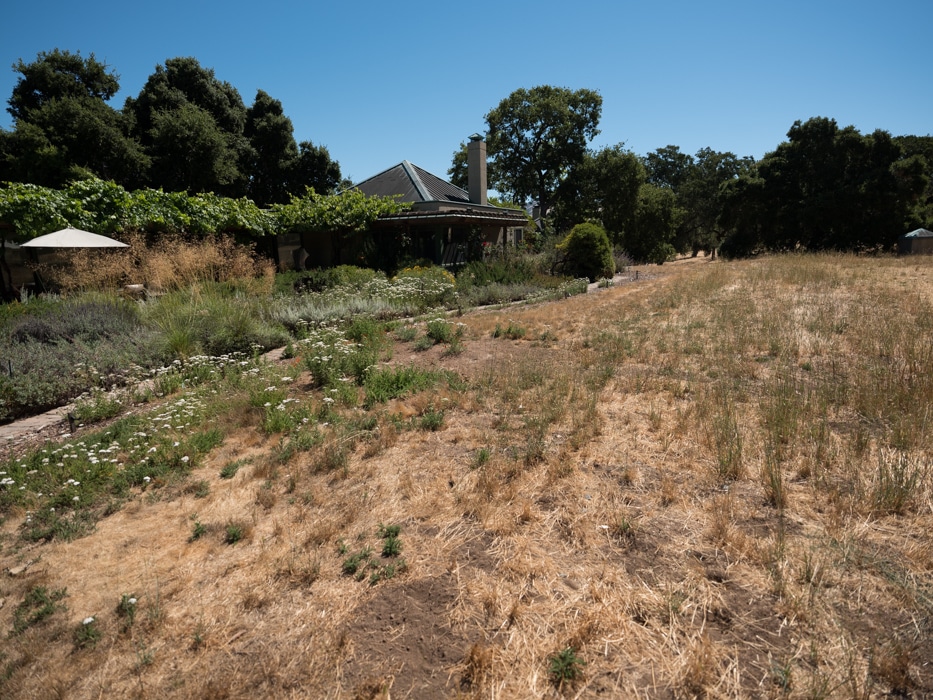
How do you describe the performance of the Batis lens after the comparison, bad, ok, good or better?
Hi, wondering if you have any comments on the flare resistance or properties for the Fuji?
Thanks
Jules
I haven’t tested that yet. I will do so.